The FDA Just Banned Red Dye No.
3: The Future of Processed Foods
Is Red Wine Any Healthier for You Than White Wine?
Proffee Is the Hottest New Beverage Trendbut Should You Really Be Adding Protein to Your Coffee?
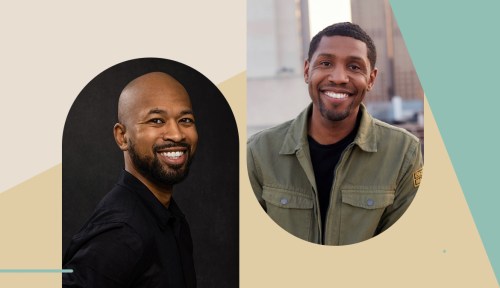
Our editors independently select these products.
If youre not a coffee drinker, youre a tea drinker.
Maybe you like both.
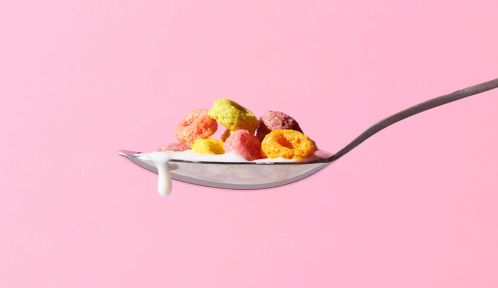
…
Some people arent just coffee or tea drinkers, but enthusiasts, deeply passionate about whats in their mug.
Pernell Cezar and Rod Johnson are definitely enthusiasts.
The role that coffee and tea play in building community is what drew us to it, Cezar says.
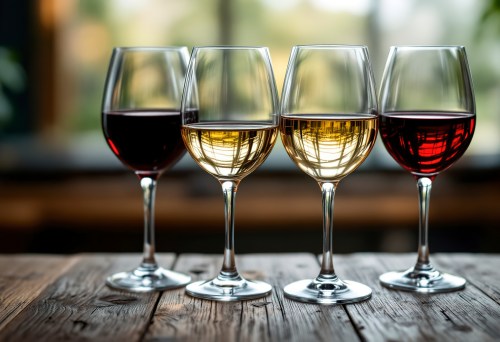
Below, Cezar and Johnson share more about their mission, friendship, and the growth of their business.
Rod Johnson:Weve been friends for over 20 years.
I moved to Pernells block when I was 13 years old.

He was basically the mayor of the block.
Pernell Cezar:Rod was this super smart, super athletic kid.
It wasnt hard for us to take to each other.

…
We played basketball together after school.
RJ:Being friends for so long has worked to our advantage as business partners.
PC:It also has provided a level of trust.
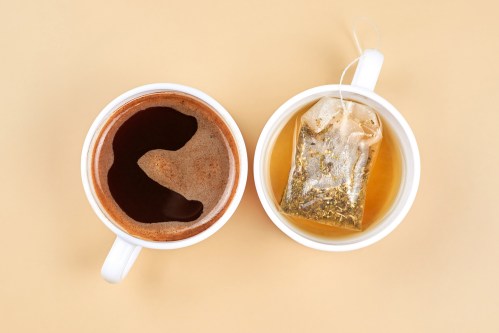
Were a good team and were invested in each other just as much as the business.
Well+Good: How did you go from friends to business partners?
We went from being school kids to young professionals and family men.
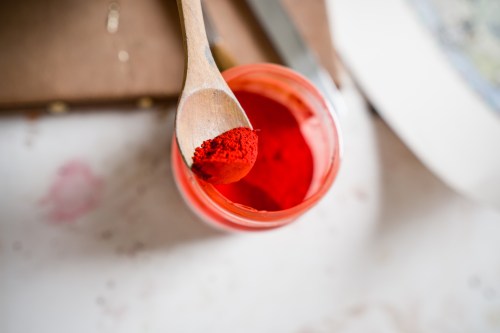
The wins, the losses, the progress, it was all shared with each other over time.
What did that mean to you and your families?
RJ:Im the oldest of four siblings and the oldest of my maternal grandmothers grandchildren.
Growing up, it was expected of me to go to college.
When I graduated college, I felt like I was fulfilling what I was supposed to do.
At the time, I didnt really contextualize that concept of being the first.
Its not something I take lightly.
PC:For me growing up, the idea of going to college wasnt really a thing.
It wasnt something I started thinking about until high school was almost over.
And next year, my nephew will be enrolling in the same college.
RJ:My grandparents were both big coffee drinkers and I spent a lot of time with them.
They had a big plastic tub of instant coffee.
I think the first time I had coffee was at their house when I was six or seven.
I just wanted to mimic them, so I made a cup and remember immediately spitting it out.
As for my first cup of tea, both my mom and grandmother were big tea drinkersand still are.
I think my first tea was with them, an ice-cold fruity, herbal tea.
PC:My first experience with coffee was similar.
My grandmother was part of that plastic coffee container club, too.
I used to make her coffee with cream and one day I tried it for myself.
Thats when I really hopped on the coffee wagon.
With tea, I had a similar experience as Rod.
My first tea had to have been an ice-cold glass of sweet tea with my mom.
As an adult, I became really immersed in tea because of the health benefits and wide varieties.
I just got so into it.
RJ:For me, it was the health benefits, which bothcoffeeand tea have.
I really wanted to share that with others.
Also, Pernells passion for it is really contagious.
He can talk about all the nuances of the coffee plant and gets really into it.
So just by being friends with him, I myself got even more interested in it.
PC:I love the role coffee and tea play in community.
Also, the more I learned about coffee and tea, the more I wanted to learn.
Coffee and tea consumption is so high, but education about it is so low.
PC:With the coffee, my advice is to start with what you know your current preference is.
If youre a light roast drinker, we have a couple of single-origin options.
If you want to jazz it up, we have a natural processEthiopian light roast($14).
Well+Good: Five percent of BLK & Bolds profits support community youth programs.
Why is that important to you?
RJ:As you mentioned, we devote 5 percent of our profits to various nonprofits across the nation.
These nonprofits span different missions, such asNo Kid Hungryand their goal of eradicating food insecurity.
Other nonprofits we support [teache youth] necessary skills so they can be successful in the future.
Another organization isBy Degrees, which supports youth local to us in Des Moines, Iowa.
PC:We currently have 15 partners.
Were still a startup, but our goal is to grow our contribution scale as we grow over time.
We want to shift the mindset to conscious consumerism.
…
Got it, you’ve been added to our email list.